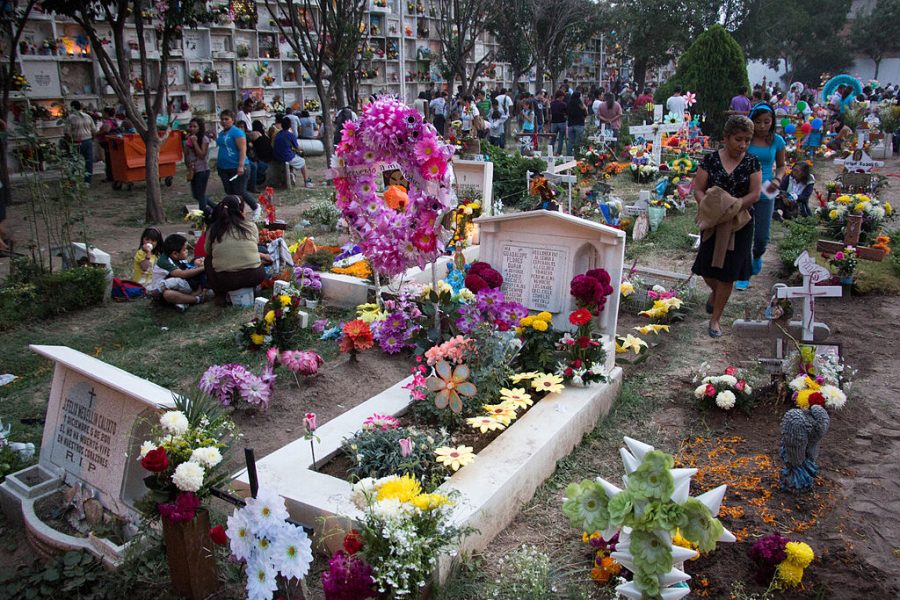At this time of the year, Mexican and Mexican-American communities observe “Día de los Muertos” (the Day of the Dead), a three-day celebration that welcomes the dead temporarily back into families.
As scholars of death and Read Full Story

At this time of the year, Mexican and Mexican-American communities observe “Día de los Muertos” (the Day of the Dead), a three-day celebration that welcomes the dead temporarily back into families.
As scholars of death and Read Full Story
